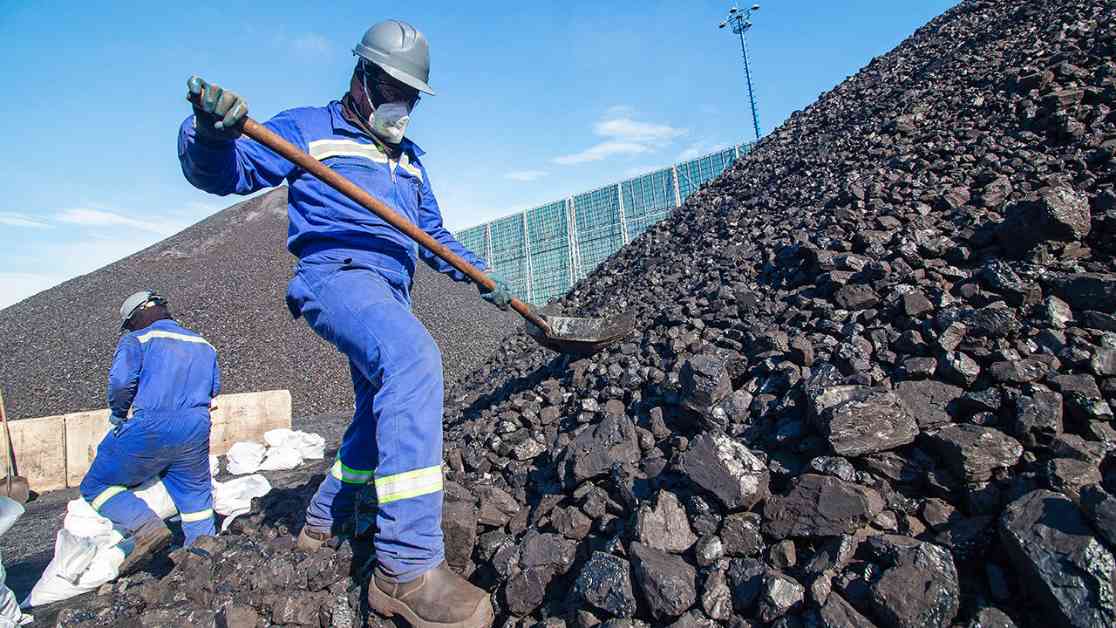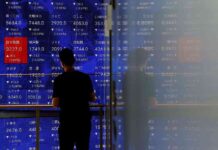Coal vs Gold: A Comparison of Value and Sustainability
The debate between coal and gold as valuable investments has been ongoing for years, with both industries playing significant roles in the global economy. While coal has long been known as the world’s dirtiest fuel, recent developments have shed light on its sustainability and value compared to gold.
The Decline of Coal
In recent years, thermal coal, the dirtiest form of coal, has faced numerous challenges that have impacted its value and sustainability. One of the major factors contributing to the decline of coal is the decrease in prices. As the world shifts towards cleaner and more sustainable energy sources, the demand for coal has decreased, leading to lower prices and reduced profitability for coal mining companies.
Moreover, China, one of the largest consumers of coal, is facing economic troubles that are affecting the coal industry. The country’s shift towards hydropower generation as a more sustainable energy source has further squeezed out the demand for coal. This shift in energy consumption patterns has had a significant impact on the global coal market, leading to a decrease in demand and prices.
Additionally, the international community has started to take action against coal as a source of energy. In May, G7 members agreed to phase out coal plants that do not capture emissions by 2035. This agreement reflects a growing consensus on the need to transition towards cleaner and more sustainable energy sources, further impacting the value and sustainability of coal as an investment.
The Rise of Gold
In contrast to coal, gold has seen a rise in value and sustainability in recent years. As a precious metal with a wide range of uses, gold has maintained its status as a valuable investment option for investors around the world. The stability and long-term value of gold have made it a popular choice for diversifying investment portfolios and hedging against economic uncertainty.
One of the key factors contributing to the rise of gold is its status as a safe haven asset. In times of economic turmoil and market volatility, investors often turn to gold as a store of value and a hedge against inflation. This demand for gold as a safe haven asset has contributed to its value and sustainability as an investment option.
Moreover, the increasing demand for gold in various industries, including jewelry, electronics, and technology, has further boosted its value and sustainability. As a versatile metal with unique properties, gold plays a crucial role in a wide range of applications, making it a valuable and sustainable investment option for investors looking for long-term growth and stability.
The Future of Coal and Gold
As the world continues to transition towards cleaner and more sustainable energy sources, the future of coal as a valuable investment remains uncertain. With decreasing demand and increasing regulations on emissions, coal is facing significant challenges that could impact its long-term viability as an investment option. Investors and companies in the coal industry will need to adapt to these changing market dynamics and explore new opportunities for growth and sustainability.
On the other hand, gold is expected to maintain its value and sustainability as an investment option in the years to come. With its status as a safe haven asset and its wide range of uses in various industries, gold is likely to continue to be a popular choice for investors seeking stability and long-term growth. As the global economy evolves, gold is expected to play a crucial role in diversifying investment portfolios and hedging against economic uncertainty.
In conclusion, the comparison between coal and gold as valuable investments reveals the shifting dynamics of the global economy and the importance of sustainability in investment decisions. While coal faces challenges in terms of value and sustainability, gold remains a solid investment option with long-term growth potential. Investors and companies will need to carefully consider these factors when making investment decisions in the years to come.

















